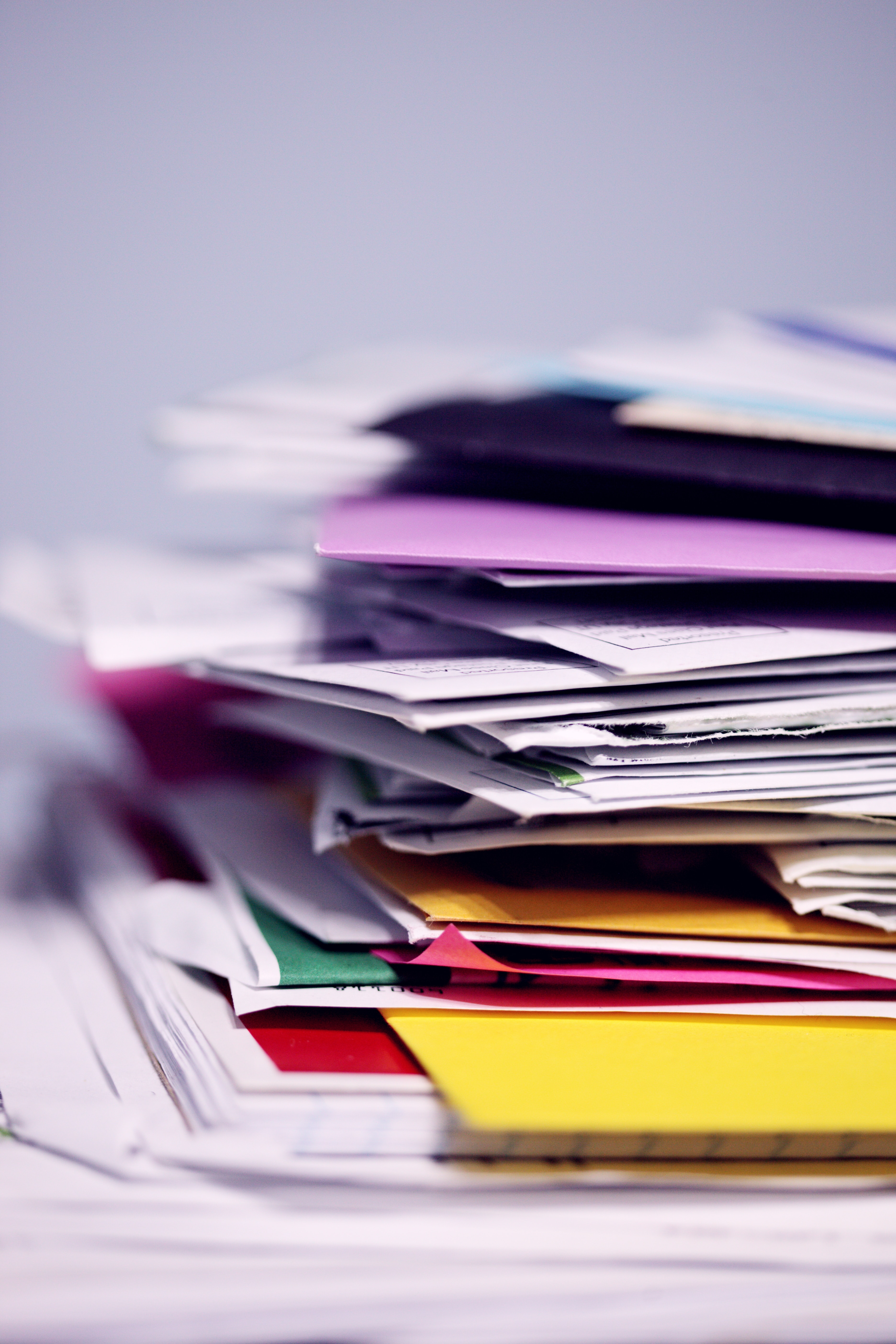
Documentation is a process adopted by businesses and organizations worldwide to keep a record of everything in written form. Several things are going on simultaneously in every firm, and it’s the job of one professional to document everything. This job is too complicated and sensitive for a person who doesn’t who what he is doing. Here are I’ve shared tips based on my personal experience to help you make documentation efficient, faster, and easier.
Use a Reliable Word Processor
You must be already familiar with a word processor if documentation is your profession. It is, nonetheless, important to discuss to ensure you’re doing everything the way it should be. Some of the most common word processors are MS Word and Google Docs. You’re doing great if you are using one of them. Both have their strengths and weakness; however, I recommend using MS Word if you don’t have to share access of files with others. Its built-in features work as an assistant while writing. If possible, install Grammarly to work as proofreading assistant.
Get Acquainted with PDF
Every professional has to deal with PDF documents every day. A writer or documenter must familiarize himself with this format because the final copy of a document is almost always shared in it. Sending an editable Word or Google Docs file might be viewed as unprofessional. You will also be receiving a lot of PDF files so you have to know how to view, edit, convert, and share them. I suggest Soda PDF for this job; it has every feature we can possibly need for our job.
Start with a Draft
Almost all experienced professionals create an outline of the work they are about to do before they start writing details. You have to know exactly how you are going to start your document and how it should end. This will keep the document well-structured and in a flow. One can get confused about what to write and what not if he doesn’t follow a pre-drafted outline.
Create Attractive Formatting
Even if it’s business or formal writing, you don’t have to make it difficult for your readers. A professional ensures that his work is well-formatted, and so should you. If it’s a long document, consider writing table of contents at the start of the document. Table of content should include all heading and subheading within the article. MS Word comes in very handy in this case because you can use pre-defined Heading 1, Heading 2, and Heading 3. It is also suggested to use internal hyperlinks to these headings. Make sure that the reader can easily differentiate between the main heading and its subheadings.
Add Charts and Diagrams
A great professional practice to create perfect documentation is the use of visuals. They weren’t wrong when they said that a picture is worth a thousand words. Add diagrams, charts, and other visuals in the document to make it easy for readers to understand. Nonetheless, it doesn’t mean you should start using decorative images







